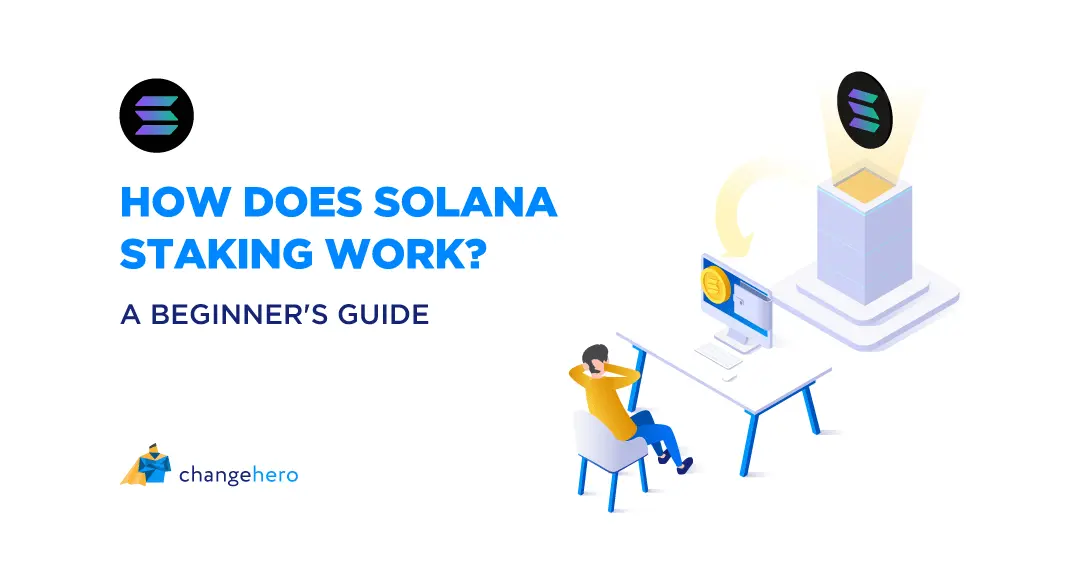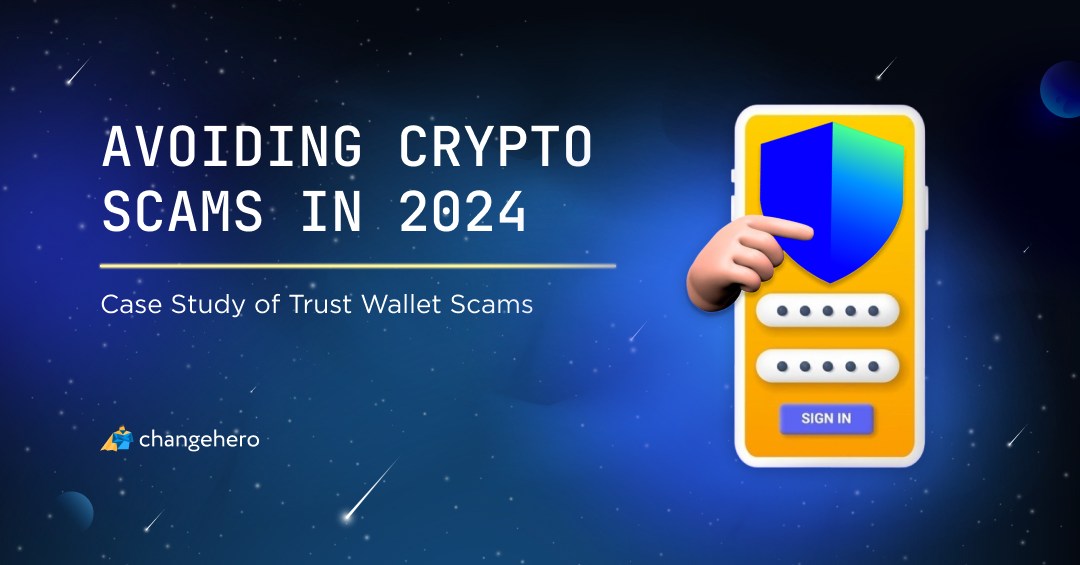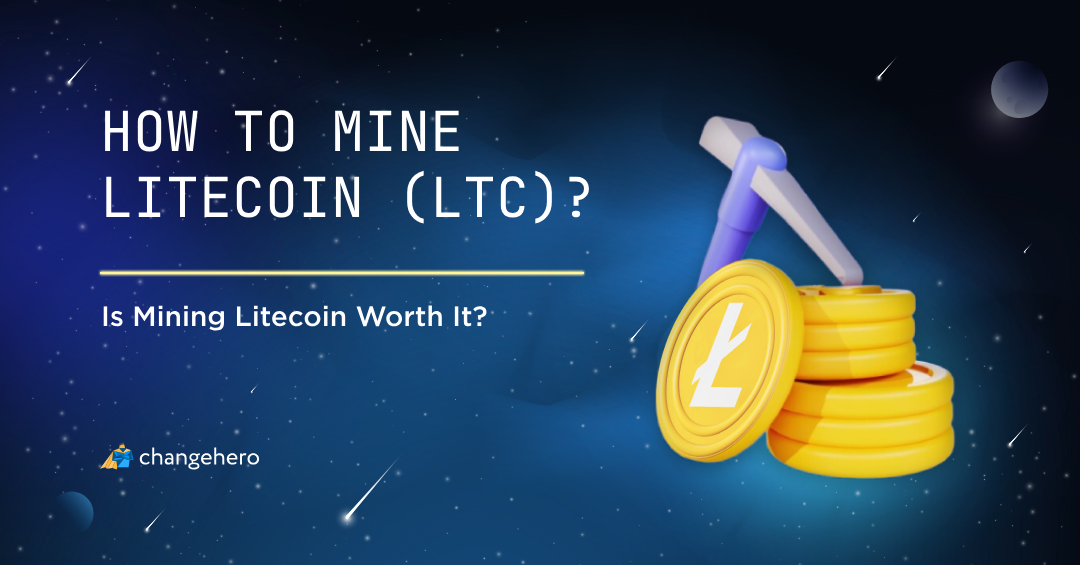Staking crypto assets is often advertised as a way to earn a passive income but is it all to it there is? In this article, we hope to provide a more in-depth look into one of the most popular Proof-of-Stake networks at the time, Solana. Let’s unpack how Solana staking works and bust some myths along the way.
Key Takeaways
- Staking is an action which supports the consensus mechanism of a blockchain platform if it runs on Proof-of-Stake. SOL holders can become an individual validator or create delegated stake accounts;
- There are plenty of ways to earn staking rewards: delegate SOL in your wallet, exchange, go to decentralized finance or just use the CLI to do it yourself;
- Due to the Solana protocol specifics, average APY on any amount of SOL is around 6%. Some providers offer up to 12% APY, but promises of even higher returns should make you wary.
What is Staking?
Let’s start with the basics before we delve into the details and practical advice. Staking is associated with the consensus mechanism called Proof-of-stake. When you stake, you commit a portion of an account balance to secure the network. This usually also entails running a full node or validator node, which can require significant computing resources.
In other words, you commit crypto assets and computing power to the network. To reward users who go for these lengths to support a platform, crypto protocols introduce staking rewards. In return for the pledge, validators receive rewards, which can come from transaction fees, inflation and other sources.
Contrary to the popular opinion, staking is not risk-free. To discourage harmful behavior, staking protocols employ slashing. If a validator fails to meet their requirements or intentionally undermines the network processes, their stake gets slashed. In addition to getting fined, basically, their stake is diminished which leads to loss in rewards.
How Does It Secure the Solana Network?
The Solana cryptocurrency uses an original specification of Delegated Proof-of-stake. In Solana, validators’ software votes on block inclusion and their votes have more sway if the stake is high. SOL holders can choose to delegate a portion of their tokens to validators of their choice. In this relationship, validators gain more voting power, and delegates receive a share of validator’s rewards. When you stake your SOL, you do not send them to an address or lose self-custody. Users are still encouraged to perform due diligence when choosing delegates, because in the event of slashing, their stake and rewards get slashed, too.
To prevent the threat to the consensus mechanism in an event of mass stake withdrawal, staking and undoing a stake does not occur immediately. Staking rewards are also automatically added to the total stake, so a stake essentially accrues compound interest.
Some Ways of Staking Solana
Create a Stake Account
A stake account in Solana is a separate type of an address. It has slightly different functions from a regular, system account. Stake account has separate authorities for staking and withdrawing, with latter being the more important one. If you create a stake account yourself, you keep both authorities, as well as custody over your stake.
You do not necessarily need special software to create a stake or multiple stake accounts with a command line tool. However, this method requires some knowledge of tools and commands associated with the Solana software.
Stake with a Wallet
A more accessible option to users without proficiency in blockchain software is to stake through a service. All you need to do in this case is to follow the instructions in the app, and it will handle creating stake account creation for you. The tradeoff is that if the staking account was made on your behalf, the provider keeps staking authority and sometimes custody.
Some of the wallets that support staking Solana are Phantom wallet, Solflare and Sollet, all of which support Ledger hardware wallets. Popular multi-coin wallets with staking support include Math Wallet, Exodus Wallet and Atomic Wallet. One of a drawbacks of staking Solana in a wallet is they sort providers by the size of their stake, hurting decentralization.
Stake with an Exchange
Another popular way of earning rewards on staking SOL is doing it on an exchange. After all, if they have your deposits, might make the most out of it instead of letting your funds just be a dead weight.
Some exchanges, such as Coinbase and Kraken run their own validator staking pools with their own infrastructure. Other popular exchanges such as FTX and Binance also offer staking.
Stake with a Provider
There is also a host of dedicated services which can even amplify your SOL rewards. Each of them comes up with value propositions to attract delegators and generate rewards. If you decide this is for you, make sure you understand what they will do with your stake account.
Marinade.Finance, a liquid staking solution, is a platform where you can receive mSOL in return for depositing SOL tokens. These tokens represent your stake delegated to Marinade.Finance. The main difference is that you can use mSOL on other platforms in the Solana ecosystem. Another liquid staking provider worth noting is Socean.
Are SOL Staking Rewards Worth it?
Solana rewards for stakers are distributed every epoch, roughly every two days. With the current distribution rate, it roughly translates to a 6% annual percentage yield on average. In particular, mSOL will yield you 5.78%, locking SOL on Binance can yield up to 14.79% maximum. Staking Solana tokens in Exodus wallet is estimated to add 5.23% annual rewards to your balance. Don’t forget that staking is not risk-free and limits what you can do with your SOL tokens. If you have some SOL you can afford to lose but would rather earn rewards on, why not stake Solana?
Conclusion
Staking in general is a solid and safe way to increase your holdings, though not entirely risk-free. It’s not worth committing to it expecting parabolic growth and immediate results, at least if we are talking about legitimate projects such as the Solana blockchain.
Let us know if you found this guide to staking helpful! We offer more educational and informative content in our blog but with your input it can be even better. Same goes for ChangeHero in social media — subscribe and connect with us!








